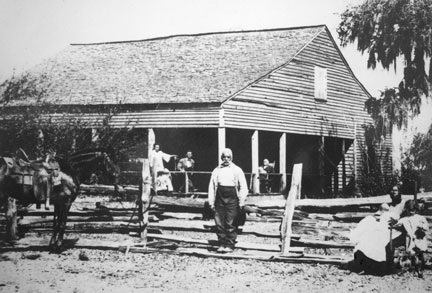From Fayette County, Texas Heritage, Volume I, article by Carolyn Heinsohn:
Pin Oak, also known as Black Jack Springs, was located near the La Grange-Flatonia Road between Black Jack and Oso, approximately 12 miles southwest of La Grange. It was one of the early communities of Fayette County, settled predominantly by Americans. In 1840, Leander and Candace Criswell Cottle settled on the headwaters of the West Navidad. some of the early settlers were Obediah Fitzgerald, William Gorham, Haywood Moore, G. W. Tuttle, Thomas Jones, Thomas Speed, Zedekiah Green, Ben, Frank and William Berry, William Arnold, William V. Criswell and his brothers, Leroy, James, John and Joseph. The first school was established in 1840 on the west side of the main road about 0.9 mile south of the road to Muldoon. William Gorham was the first teacher. A second school was built in 1848 on the north side of the present day road to Muldoon about 0.2 mile west of the intersection of FM 609.
In 1846 Black Jack Springs became a voting place, Voting Precinct 7. Leroy Criswell's home was used for voting. The first store was G. W. Tuttle's Store, which also housed the first post office and the justice court; taxes were also assessed and collected in the store. Tuttle was appointed postmaster under the Confederate States in 1861.
J. C. C. Smith established a store and blacksmith shop in 1846; by 1867, he built a new, larger store across the road from his original store. This was the year that the community was partitioned into Black Jack Springs and Pin Oak. Black Jack Springs, was on Thomas O. Berry's League, and Pin Oak, the new name for old Black Jack Springs, was on Noah Karnes' League.
The second post office in the area was located on the west side of the old La Grange - Gonzales Road just south of the present intersection of FM 609 and FM 2237. It was well known as Black Jack Post Office, and Bob Jones was the postmaster.
There was still a school in Pin Oak that was operating in 1935, when the enrollment was 35 in grades one through nine. There is nothing left of the community but the Pin Oak (old Black Jack Springs) cemetery, which is one of the oldest graveyards in the county. It is located on private property off of County Road 373. The oldest tombstone is for Lee (Leander) Cottle, buried in 1845.
Pin Oak School, ca 1935
The girl in the back row, 2nd from the left, is Mae Eblin Olle. It's believed that one of the other girls' last name was Speed. Can you identify others? Photo contributed by Ronnie Brown.
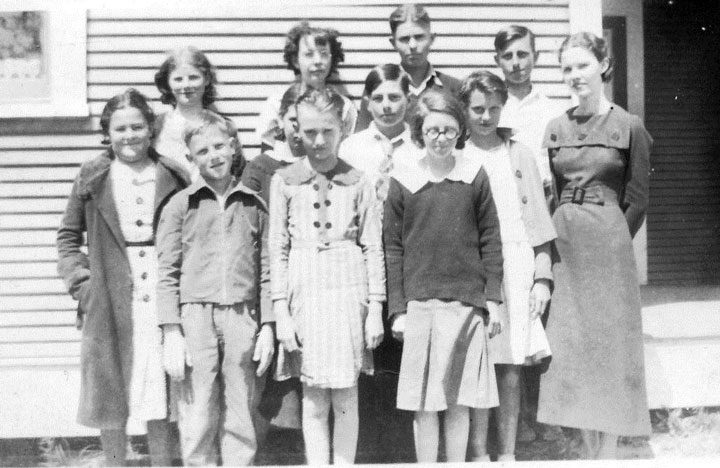
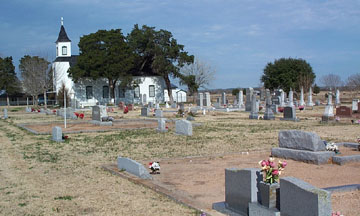 Prairie Valley is located on Prairie Valley Road, just north of Highway 77 between West Point and Plum. This small community settled by Germans once had a school, but now all that remains is St. Peter Lutheran church and its cemetery.
Prairie Valley is located on Prairie Valley Road, just north of Highway 77 between West Point and Plum. This small community settled by Germans once had a school, but now all that remains is St. Peter Lutheran church and its cemetery.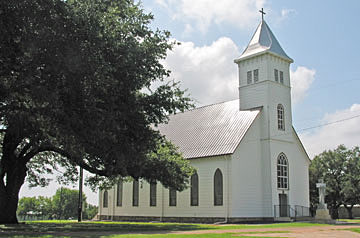 St. John is on Farm Road 957 four miles southwest of Schulenburg at the southern boundary of Fayette County. It had a saloon and store combination and a cotton gin built around the Catholic church which served the local German and Czech farmers. Both the church and the community were dedicated on June 24, 1894, the feast of the Nativity of St. John the Baptist. Cotton farming in St. John stopped during the 1960s, and the gin was dismantled. Mail was delivered from Schulenburg, where St. John children attended school. In 1987 a restaurant, a filling station, a welding shop, and the St. John Church remained to serve an area of farms and ranches devoted primarily to the production of cattle and hay, on gently rolling lands overlooking the West Fork of the Navidad River.
St. John is on Farm Road 957 four miles southwest of Schulenburg at the southern boundary of Fayette County. It had a saloon and store combination and a cotton gin built around the Catholic church which served the local German and Czech farmers. Both the church and the community were dedicated on June 24, 1894, the feast of the Nativity of St. John the Baptist. Cotton farming in St. John stopped during the 1960s, and the gin was dismantled. Mail was delivered from Schulenburg, where St. John children attended school. In 1987 a restaurant, a filling station, a welding shop, and the St. John Church remained to serve an area of farms and ranches devoted primarily to the production of cattle and hay, on gently rolling lands overlooking the West Fork of the Navidad River.
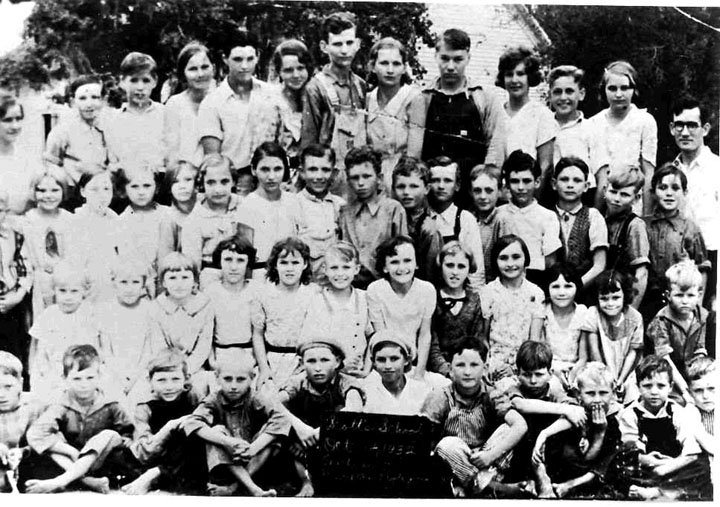
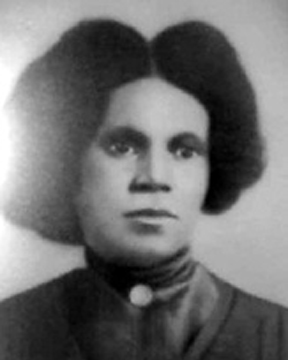
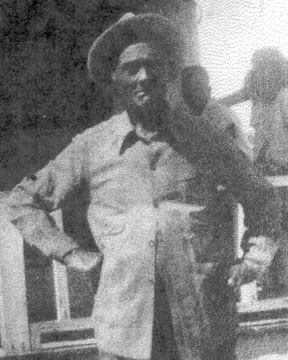
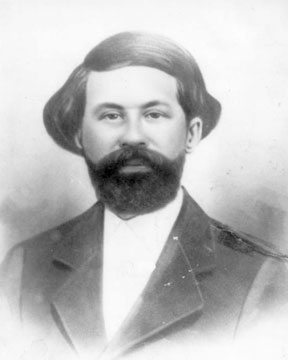
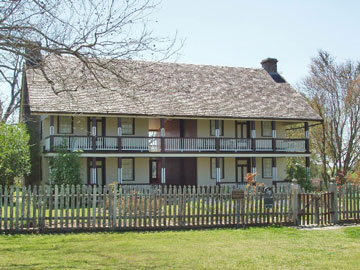
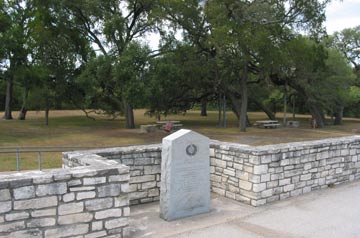 Text from Historical Marker erected in 1936 at a location 1.5 miles west of West Point on State Highway 71 at its junction with County Road 117:
Text from Historical Marker erected in 1936 at a location 1.5 miles west of West Point on State Highway 71 at its junction with County Road 117: